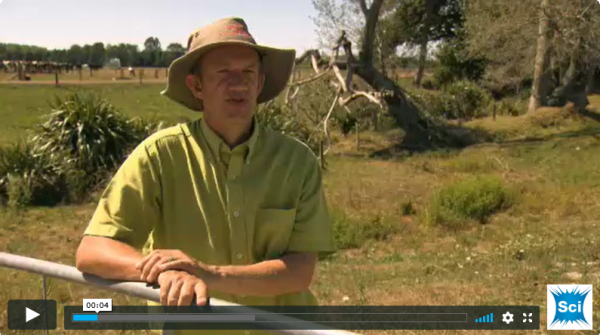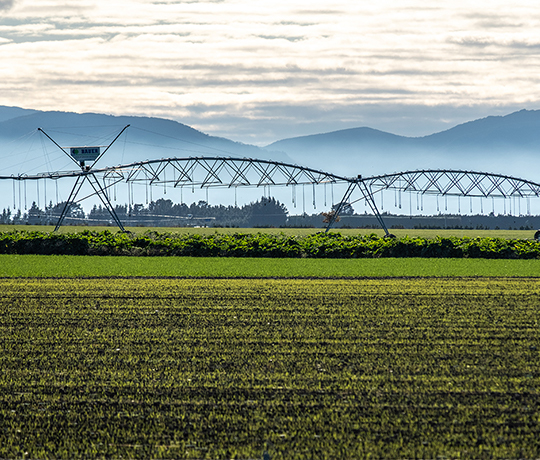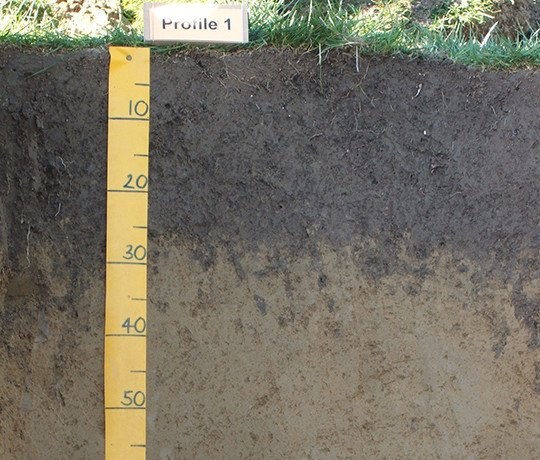Factors affecting soil formation
Introduction
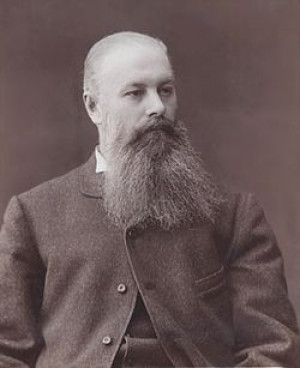
Vasily V. Dokuchaev (1846-1903), commonly regarded as the father of soil science. Source: wikipedia.org
Making sense of how soil is formed started somewhere in the plains of Russia – a vast landscape of deep-black, fertile, silty soils. Most of these soils formed under hot-dry and cold-dry climatic conditions at the edge of an area that was once glaciated. But taking a closer look, Vasily Vasilyevich Dokuchaev, a Russian geologist, discovered that soils include a far greater diversity than past climate was able to explain.
Soil types varied at different scales and in response to different features of the overall landscape, such as vegetation and slope gradient. Driven by his discovery, Dokuchaev reconsidered his former views on soil, which quickly seemed to be outdated for his time – the late 19th century. Together with a few colleagues, Dokuchaev started to acknowledge soil as a natural body, worthy of intense study in its own right1.
Vasily Dokuchaev: the 175th anniversary presentation. Russian Soil Museum
The five factors of soil formation
Dokuchaev’s ideas set the scene for others: Swiss scientist Hans Jenny2, in particular, who developed the most influential model of soil formation in the 1940's. Until present, Jenny’s five factors model has remained the most acknowledged as it recognises climate, organisms, relief/topography, parent material and time as five universal factors of soil formation, often represented by the acronym CLORPT:
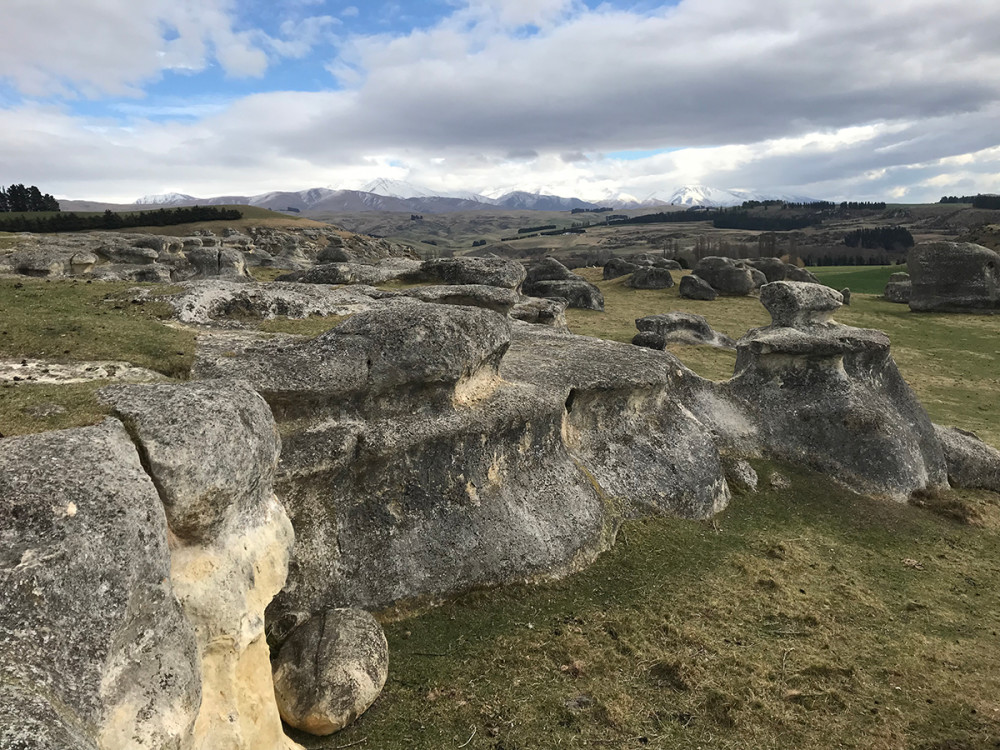
- Climate is a direct factor in soil formation. It determines how temperature and moisture vary and determines the intensity of the weathering processes. Indirectly, climatic factors also govern vegetation growth at the interface of soil, atmosphere and biosphere.
- Organisms, including flora and fauna, are not an independent factor in soil formation. Both continuously interact with climate, relief and soil parent material over time. Vegetation delivers organic material for humus formation and a forest regulates the climate of its surrounding.
- Relief and topography define the micro-climatic conditions under which soil formation takes place, as well as the proximity of soil to the ground water table. Soils on steep, barren terrain are more prone to erosion than those on plains, or on plant-covered surfaces.
- Parent material in the form of rock and sediment builds the initial substrate for soil formation. It defines a soil’s chemical and mineralogical composition and influences soil texture and structure.
- Time describes an ongoing factor of soil formation. The intensity and combination of different factors leading to soil formation change over time. Time, therefore, is not always an indicator of the exact age of a soil or the stage of a soil’s development.
Soil-forming factors work at different levels and influence soil genesis at different scales3. Climate and organisms are more ‘active’ factors, whereas relief and parent material dominate the initial state of soil formation. Time, in contrast, controls the overall rate at which soil formation takes place. Different factors can overlap and vary in their intensity, or might even be complemented by more specific factors (e.g. wildfires, dust deposition) that periodically influence the formation of soil.
Born on the plains of Russia, Dokuchaev’s idea, and later the model devised by Jenny, have spread out to the world. Understanding the formation of soils has become a global exercise based on five universal factors. But Dokuchaev and Jenny might have overlooked one point: the effect of human activities on soil formation through intensified land use, climate change, and other human-caused circumstances.
Professor Louis Schipper from Waikato University briefly explains the five factors involved in soil formation.
Source: sciencelearn.org.nz (click to visit video page)
1 Schaetzl & Anderson (2005). Soils. Genesis and Geomorphology. Cambridge University Press, p.10.
2 Scheffer & Schachtschabel (2010). Lehrbuch der Bodenkunde. 16th edition.
3 Bockheim et al. (2005). Historical development of key concepts in pedology. Geoderma 124: 23-36. https://doi.org/10.1016/j.geoderma.2004.03.004
